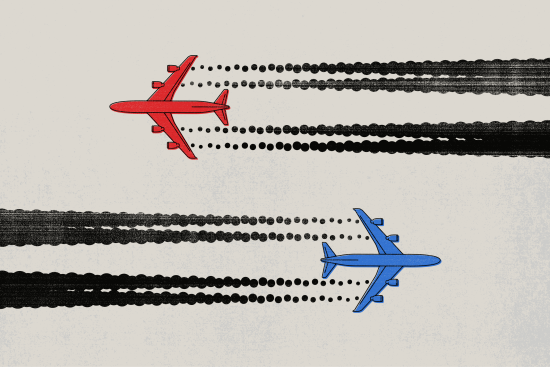Sensemaking and the Chemtrail Conspiracy on the Internet: Insights from Believers and Ex-believers
Sijia Xiao, Coye Cheshire, and Amy Bruckman. 2021. Sensemaking and the Chemtrail Conspiracy on the Internet: Insights from Believers and Ex-believers. Proc. ACM Hum.-Comput. Interact. 5, CSCW2, Article 454 (October 2021), 28 pages. https://doi.org/10.1145/3479598
Abstract
How do people come to believe conspiracy theories, and what role does the internet play in this process as a socio-technical system? We explore these questions by examining online participants in the "chemtrails" conspiracy, the idea that visible condensation trails behind airliners are deliberately sprayed for nefarious purposes. We apply Weick's theory of sensemaking to examine the role of people's frames (beliefs and worldviews), as well as the socio-technical contexts (social interactions and technological affordances) for processing informational cues about the conspiracy. Through an analysis of in-depth interviews with thirteen believers and seven ex-believers, we find that many people become curious about chemtrails after consuming rich online media, and they later find welcoming online communities to support shared beliefs and worldviews. We discuss how the socio-technical context of the internet may inadvertently trap people in a perpetual state of ambiguity that becomes reinforced through a collective sensemaking process. In addition, we show how the conspiracy offers a way for believers to express their dissatisfaction with authority, enjoy a sense of community, and find some entertainment along the way. Finally, we discuss how people's frames and the various socio-technical contexts of the internet are important in the sensemaking of debunking evidence, and how such factors may function in the rejection of conspiratorial beliefs.










